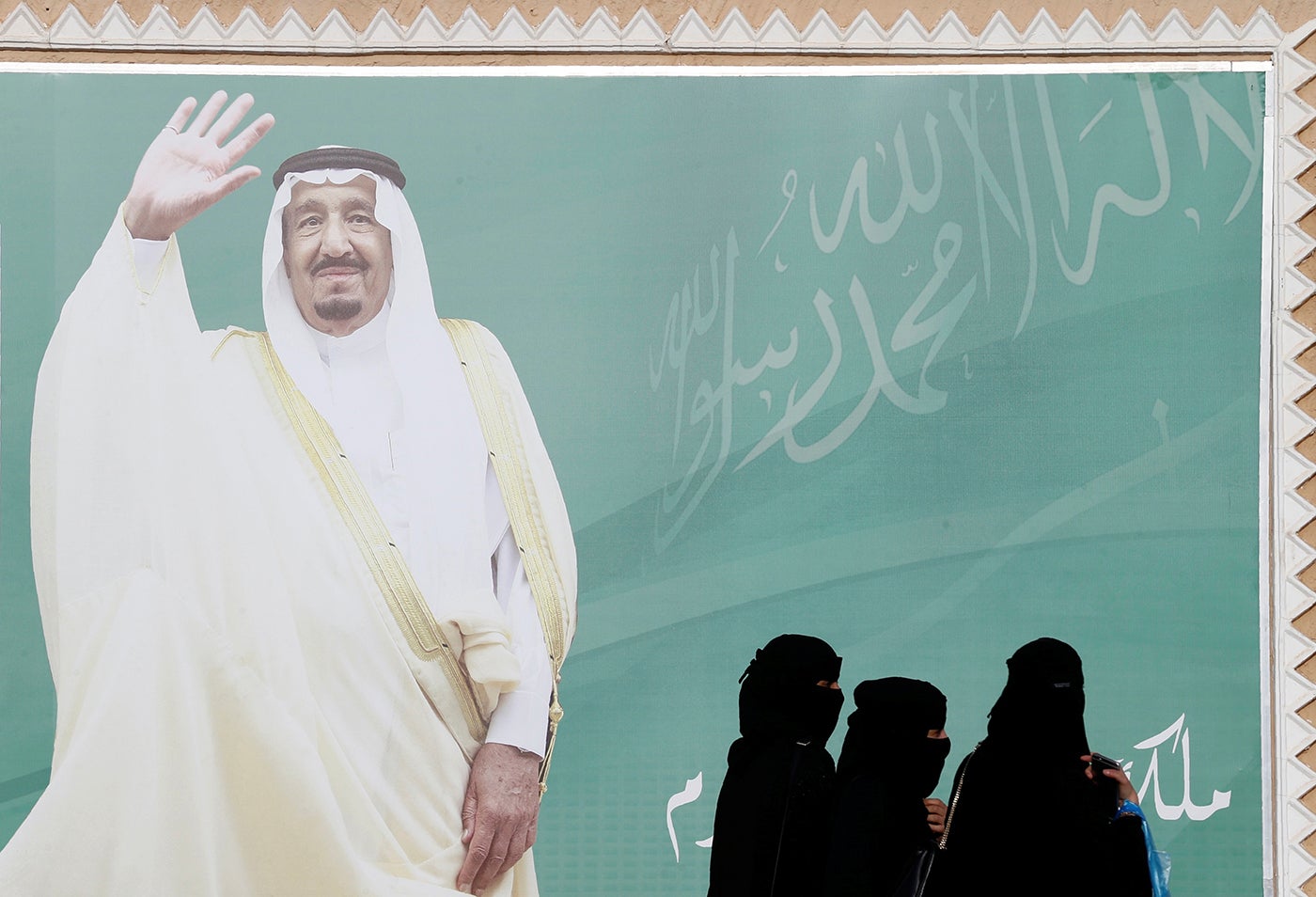
Saudi Arabia Healthcare System 2018 Free Health Services
2 This resulted in improved. 1 The Kingdom has followed welfare policy and provided universal access to health care for many decades since its establishment. 1 The public health system and the Ministry of Health (MOH) were established in 19, respectively, to provide free health services to its citizens. Journal of Medical Internet Research 5463 articlesThe constitution of Saudi Arabia elucidates health care as a fundamental right. Globally one third (34) say they have a long-standing condition, illness or health condition that limits them in some way.In the future, we are planning to propose designs of network and system architectures for next generation mobile cloud-based healthcare system in Saudi Arabia. Among the countries surveyed, those with the highest levels of reported good health are India (70), Serbia (68) and Saudi Arabia (67) while those with the lowest levels are Hungary (47), Poland (48) and Russia (49).
JMIR Rehabilitation and Assistive Technologies 114 articles JMIR Pediatrics and Parenting 117 articles Interactive Journal of Medical Research 207 articlesIn 2019, Saudi Arabia provided USD 849.5 million of gross ODA to the multilateral system, an increase of 5.7 in real terms from 2018.Of this, USD 53.3 million was core multilateral ODA, while non-core contributions were earmarked for a specific country, region, theme or purpose. Public health policy makers in Saudi Arabia need to increase efforts to address preventable risk factors that are major contributors to the burden of ill health and disability. HAQ Index levels have also improved. JMIR Public Health and Surveillance 669 articlesDecreases in mortality continued at greater rates in Saudi Arabia during the period of 201017 than in 19902010.
Education processes continued using an established electronic learning infrastructure with a promising direction toward wider adoption in the future. A detailed account of each is provided. With the implementation of these strict mitigation regulations, technology and digital solutions have enabled the provision of essential services.Objective: The aim of this paper is to highlight how Saudi Arabia has used digital technology during the COVID-19 pandemic in the domains of public health, health care services, education, telecommunication, commerce, and risk communication.Methods: We documented the use of digital technology in Saudi Arabia during the pandemic using publicly available official announcements, press briefings and releases, news clips, published data, peer-reviewed literature, and professional discussions.Results: Saudi Arabia’s government and private sectors combined developed and launched approximately 19 apps and platforms that serve public health functions and provide health care services. Saudi Arabia, like many other countries worldwide, implemented lockdown of most public and private services in response to the pandemic and established population movement restrictions nationwide. JMIR Perioperative Medicine 38 articlesPrince Sattam Chair for Epidemiology and Public Health Research, Department of Family and Community MedicineEmail: The first case of COVID-19 in Saudi Arabia was confirmed on March 3, 2020. JMIR Biomedical Engineering 42 articles
Also, decreasing the number of mobile apps and merging their functions could increase and facilitate their use.The outbreak of SARS-CoV-2, emerging from the markets of Wuhan, led to the COVID-19 pandemic. In Saudi Arabia, the use of artificial intelligence in integrating different data sources during future outbreaks could be further explored. COVID-19 enabled the promotion and testing of this transition. Risk communication activities using social media, websites, and SMS text messaging followed best practice guides.Conclusions: The Saudi Vision 2030 framework, released in 2017, has paved the path for digital transformation.
These mitigation measures have necessitated the use of technology to maintain functions in all aspects of life.The global experiences with the H1N1 influenza pandemic in 2009 and Ebola virus in 2014 clearly indicated that timely and appropriate technology usage played a considerable role in controlling these pandemics. Due to the low likelihood of obtaining a vaccine in the near future, global efforts have vastly focused on social distancing and complete city and state lockdowns in many instances as the only solutions to contain the pandemic. The COVID-19 pandemic has caused disruption of daily services due to the community-wide mitigation measures taken by many countries.
A literature search was conducted from March 20 to June 20, 2020. The searched information sources were in both English and Arabic languages. It is currently estimated that 30,260,000 people in Saudi Arabia (89% of the population) use the internet, 96% of the population uses smartphones , and the majority of the population now has access to smartphones, laptop computers, desktop computers, and tablets therefore, digital service provision is much easier than in the past and has aided the mitigation efforts established by the government.Keeping in view the importance of quick and timely digital data sharing for policy actions, which is also emphasized by the World Health Organization (WHO) , our aim in this paper is to highlight how Saudi Arabia has used digital technology during the COVID-19 pandemic.The authors documented Saudi Arabia’s experience using publicly available official announcements, press briefings and releases, news clips, published data, peer-reviewed literature, and professional discussions. By establishing a national electronic surveillance system , Saudi Arabia also contributed to the global data pool of MERS-CoV information.During the current COVID-19 pandemic, Saudi Arabia has been proactive in implementing disease containment measures and working to meet the community’s needs and demands in a very short time.



 0 kommentar(er)
0 kommentar(er)
